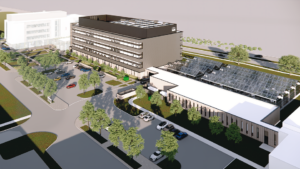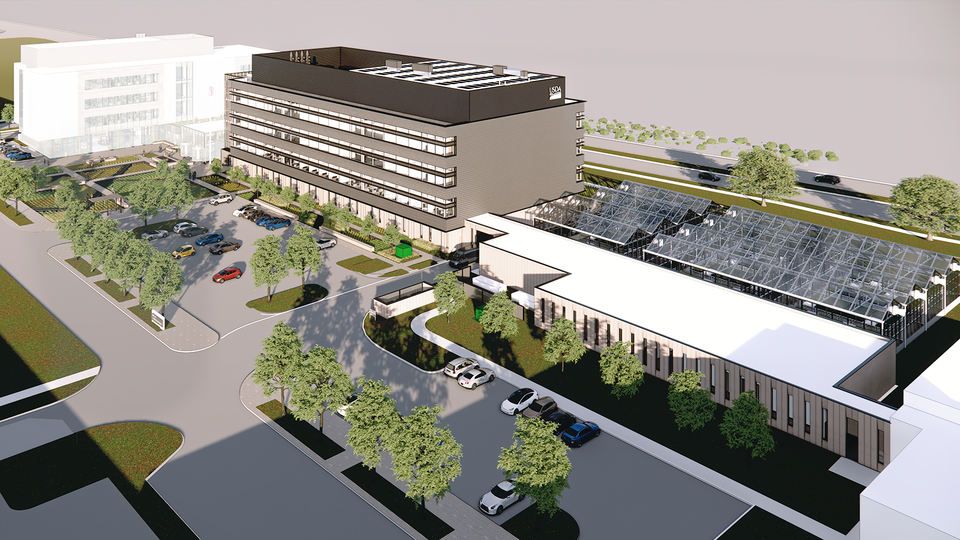Most people have heard about earmarks, but only a few citizens really pay attention to them. That should not be the case. The term earmark refers to federal spending for a specific project for a particular congressional district, locality or state. Members of Congress request this type of funding. In the most recent federal budget, Congress passed and approved more than $12 billion in Congressionally Directed Spending items. The funding was all tied to planned projects throughout America.
Because there are laws that make earmark requests transparent, it is not extremely difficult to track the funding requests to identify upcoming projects. Members of Congress must submit a request for an earmark that outlines the project to be funded. If the earmark is not removed from the final budget process, the project will benefit from a provision in the budget bill specifying which agency’s funding will be tapped. A few examples follow.
A new terminal will be constructed at the Presque Isle International Airport in Maine with the support of $20 million from a federal earmark. Overall, the new terminal has a cost projection of $30 million, but the earmark revenue will assist local officials in replacing an old terminal dating to the 1940s. The new facility will be designed to accommodate growth that has doubled over the past six years. The project is moving quickly, and contracting solicitations are expected in May or June of this year.
Officials at Kansas State University Salina will oversee a project to build an Aerospace Education Hub to support aeronautics innovation. The university received $28 million in earmark funding. Design work has not started, so the project is not yet ready for launch. Enthusiasm, however, is notable because this project is part of a larger initiative to expand the school’s Aerospace and Technology Campus. When completed, the university will host programs focused on unmanned aerial systems, advanced composite materials and aviation maintenance, including the Flight Test and Training Center, the Advanced Composites Laboratory and the Aviation Maintenance Training Center.

Rendering of the $160 million USDA laboratory building and greenhouse facility. Courtesy of the University of Nebraska System.
To better connect the California coastal cities of Oceanside, Del Mar, Carlsbad, Encinitas, Solana Beach and San Diego, a Memorandum of Understanding was established between the cities to plan, design, and build a 44-mile regional multi-use trail. The partnership then captured $132 million in an earmark for the project. The State of California State Active Transportation Program will also support the project. With funding in place, the project is moving but will likely be broken into phases because some parts of the overall effort will require an environmental study.
The University of Nebraska-Lincoln (UNL) will build a U.S. Department of Agriculture research facility on its campus. The $160 million project received $25 million in earmark funding. When completed, the facility will be devoted to research on sustainable crop production, water management, animal husbandry and climate resilience. It will include 12,000 square feet of greenhouse space and 10,000 square feet of headhouse space connected to the existing Greenhouse Innovation Center. Future plans call also for a four-story, 120,000-square-foot facility for wet and dry research labs. Phase 1 of the effort will begin at the end of April or the beginning of May.
A joint effort between the United States Army Corps of Engineers and the city of Nome, Alaska, will launch a $528 million port expansion project to alleviate the existing port’s safety and environmental risks. The expansion will be completed in three phases, and the Port of Nome will be established as the nation’s first deep-water Arctic Port. Earmark funding of $250 million was made available in 2022; another $1 million has recently been approved. While construction on the first phase of the project is underway, Phase 2 and Phase 3 are in the planning stages. Phase 2 is estimated to cost $79 million and will include primarily dredging work. Phase 3, estimated at $166 million, will focus on removing the remainder of the east breakwater, reconstructing the eastern causeway and constructing two 400-foot sheet docks. Design work for Phase 2 will be completed in 2025, and construction will begin in 2026. Phase 3 will also have construction beginning in 2026.
As stated, billions in earmark funding are currently in the approval process. Checking which requests have been approved will always lead to interesting upcoming projects outlined with valuable information.







